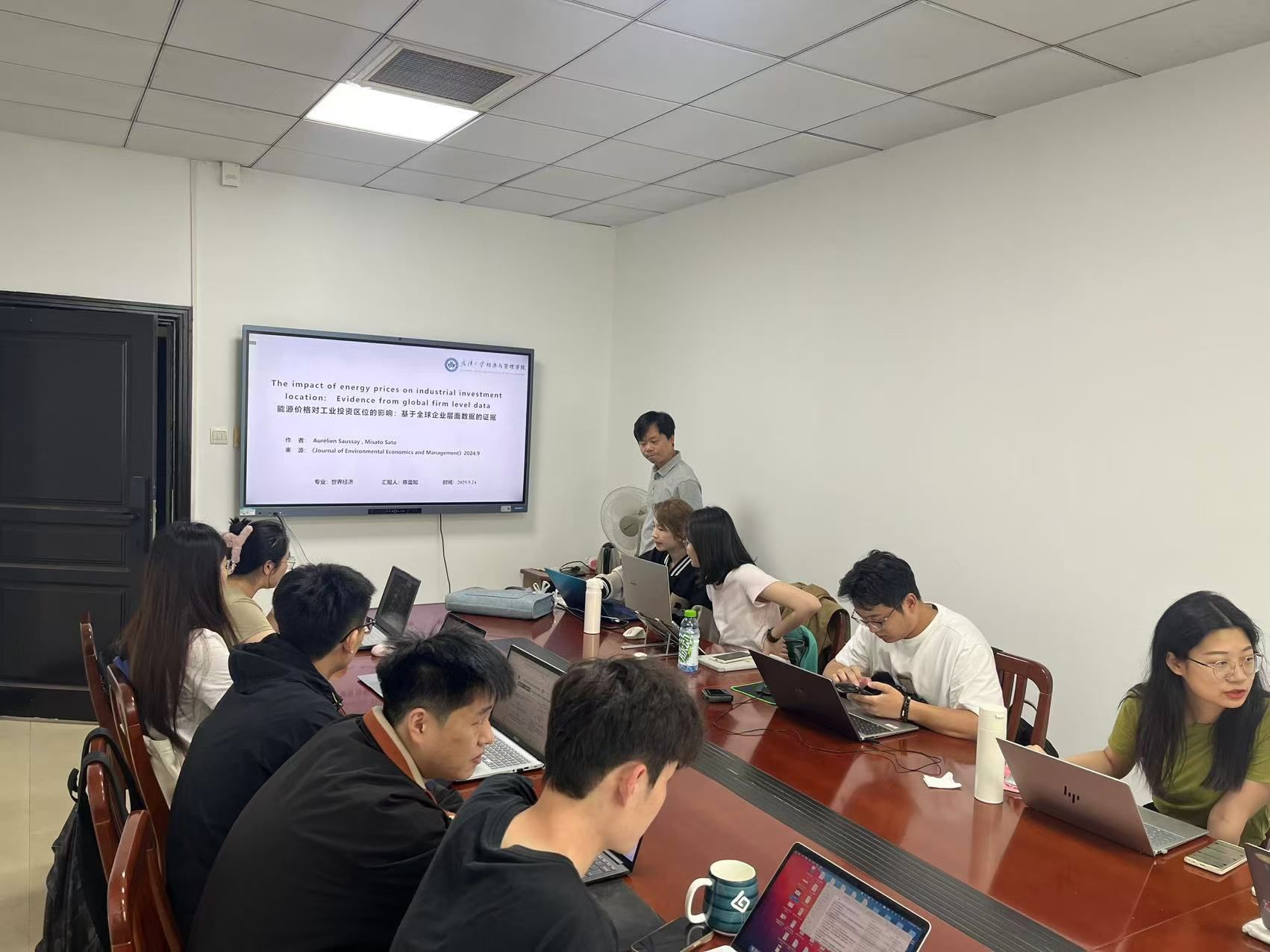时间:2024年5月24(周六)9:00
地点:气候变化与能源经济研究中心会议室
Paper1:陈蕾如 The impact of energy prices on industrial investment location:Evidence from global firm level data
摘要:This study examines the influence of relative energy prices on the geographical distribution of industrial investments across 41 countries. Employing a gravity model framework to analyse firms’ investment location decisions, we estimate the model using global bilateral investment flows derived from firm-level M&A data. Our findings reveal that a 10% increase in the energy price differential between two countries results in a 3.2% rise in cross-border acquisitions. This effect is most pronounced in energy-intensive industries and transactions targeting emerging economies. Furthermore, policy simulations suggest that the impact of unilateral carbon pricing on cross-border investments is modest.
Paper2:尹洁 Reducing supply risk of critical materials for clean energy via foreign direct investment.
摘要:Existing research on the security of the supply of critical materials for clean energy generally aggregates information at the country level, a practice that obscures the extensive role of foreign direct investment (FDI) in the production of critical materials. FDI refers to an ownership stake in a company or project by an overseas investor. Here we establish a database for global mining of lithium, cobalt, nickel and platinum at company level, covering 240 countries and regions. We show that 47% of lithium, 71% of cobalt, 41% of nickel and 34% of platinum mined in 2019 were under FDI. We then explore how FDI may afect supply risks by proposing a supply risk index that allocates production of the critical materials to the country of origin of investors instead of the country where production is located. We present upper and lower bounds of the supply risk index that refect scenarios where either all investors or only state investors prioritize the home-country demand, respectively. This study presents an approach for assessing the national supply risks of critical materials, considering the geographical allocation of FDI.
